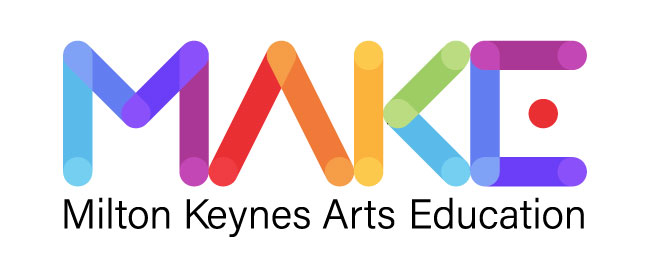10 Top Tips: How to teach literacy through the arts (Part 2)
|
Our final 5 tips on how to teach literacy through the performing arts will give you even more ideas about how to bring literacy to life in your classroom. If you haven’t yet seen the first 5, click here to see our previous blog.
6. Kung Fu Punctuation: This popular technique will certainly make grammar lessons more enjoyable and memorable. Assign each element of punctuation with a movement and Kung Fu vocalisation (e.g. full stop = make a fist, punch the air and say “Hi-Ya!”). Practice these until the children know them, and can perform the movements and sounds on command. You could then place an unpunctuated sentence on the whiteboard, read through as a class, and ask the children to perform the sounds and actions where they think the punctuation should appear. To help you get the idea, have a look at this video of a Yr 4 class practicing their Kung Fu moves!
7. Living Comic-Strip: How well do the children know a given story? Test their memory and ability to sequence a narrative with a living comic-strip. Each group must express the key moments of a story by creating a series of dramatic tableaux; each tableaux can contain direct speech or a caption, as in a real comic-strip. In performance, you can separate each ’tile’ of the comic strip by banging a drum, or giving another aural signal. This can be great preparation for writing a story summary, or creating an actual comic-strip.
8. Spelling Dance: There are certain words which children frequently spell incorrectly, but by giving the children a kinaesthetic link to the letters in those words, this can be overcome. In the school hall, write the problematic word in large letters for the whole class to see. Ask the children to write the word in the air in front of them; they can then try writing it with different parts of the body (e.g. imagine you have a pen stuck to your nose, your knees, etc.) and create their own movement sequence based on the letters of the word. Add a backing track, and you have your own original ‘spelling dance’.
9. Talk Show Host: This variant on hot-seating allows children to explore characters and interrogate their motivations. Go into role as the host of a talk show, and welcome different characters onto the ‘sofa’ to be interviewed. You can add drama to this by gradually increasing the number of characters on the ‘sofa’, in the style of Jeremy Kyle, and stoke disputes between them! When the children are comfortable with the format, they can try this independently, in small groups.
10. Dance the Story: Here is another activity that can help children sequence a given story, or identify the key sections of their own compositions. Ask the children to split the story into parts, and create a mime or gesture to summarise each section. This can be turned into an expressive movement piece by adding music, and simple transitions between each gesture. Perhaps the children could create their work in pairs, with one child narrating each section as the other performs the movement.
If you’re interested in the Artis Approach, please click here to download our brochure and find out more.
If you’d like to chat with a member of the team to explore whether Artis might be right for your school, please email: dingdong@artiseducation.com or call us on 0207 324 9880. |
24 Feb 2014 |















